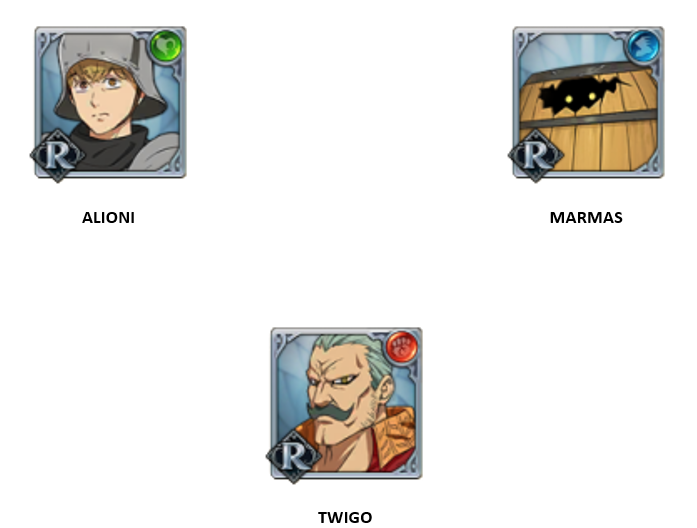

Tens of thousands of people were killed by these events. Temperatures around the world dropped for months afterward, making 1816 a “year without a summer.” In 1883 the volcano Krakatoa exploded and collapsed, triggering a colossal sea wave known as a tsunami. In 1815 Mount Tambora released so much ash into the air that it blocked out large amounts of sunlight. Two of the deadliest volcanic eruptions happened in 18 on islands in what is now Indonesia. In ad 79 the eruption of Mount Vesuvius destroyed the Roman cities of Pompeii and Herculaneum. Volcanoes have a long history of destruction. Pele was the name of the volcano goddess of the native Hawaiians. Other cultures explained volcanoes as outbursts of anger from a god or goddess. The Romans believed that volcanic eruptions resulted when Vulcan made thunderbolts and weapons for the gods. The word volcano comes from the name of Vulcan, the ancient Roman god of fire and metalworking. Or a volcano can form new vents during an explosion.

A volcano can have more than one vent when two cones overlap one another. Somma volcano forms when a new volcanic cone partiallyĪ complex volcano has more than one vent. Sometimes the top of a volcano collapses and forms a pit called a caldera. The volcanoes of Hawaii are shield volcanoes. Some shield volcanoes that erupt under the sea grow high enough to create islands. They are not as steep as stratovolcanoes, though they can be quite large. Shield volcanoes are dome-shaped mountains built by lava flows. Thousands of eruptions left these layers over millions of years. Stratovolcanoes are made up of layers of hardened lava and ash. A crater, or bowl-shaped pit, usually lies at the top. They have a narrow top with steep sides and a wide bottom. Stratovolcanoes, also called composite volcanoes, are mountains shaped like cones. The volcanoes of Hawaii are the best examples of hot-spot volcanoes.Ĭreate new landforms that are also called volcanoes. At a hot spot, molten rock rises from deep below the crust. They form at “hot spots” in Earth’s crust. Volcanoes in the northern part ofĪ small number of volcanoes are not located along the edges of plates. This type of volcano is common along the Mid-Atlantic Ridge, a mountain chain under the Atlantic Ocean. It causes fissure eruptions, in which lava flows out over the ground. Volcanoes also form in places where two plates slowly pull apart. Most volcanoes of this type are found around the edges of the Pacific Ocean. This forces magma to rise to the surface. Some of the most violent eruptions take place where the edge of one plate is forced beneath theĮdge of another.

Most volcanoes lie along the boundaries between these plates. Earth’s crust is made up of huge, rocky pieces called plates.


 0 kommentar(er)
0 kommentar(er)
